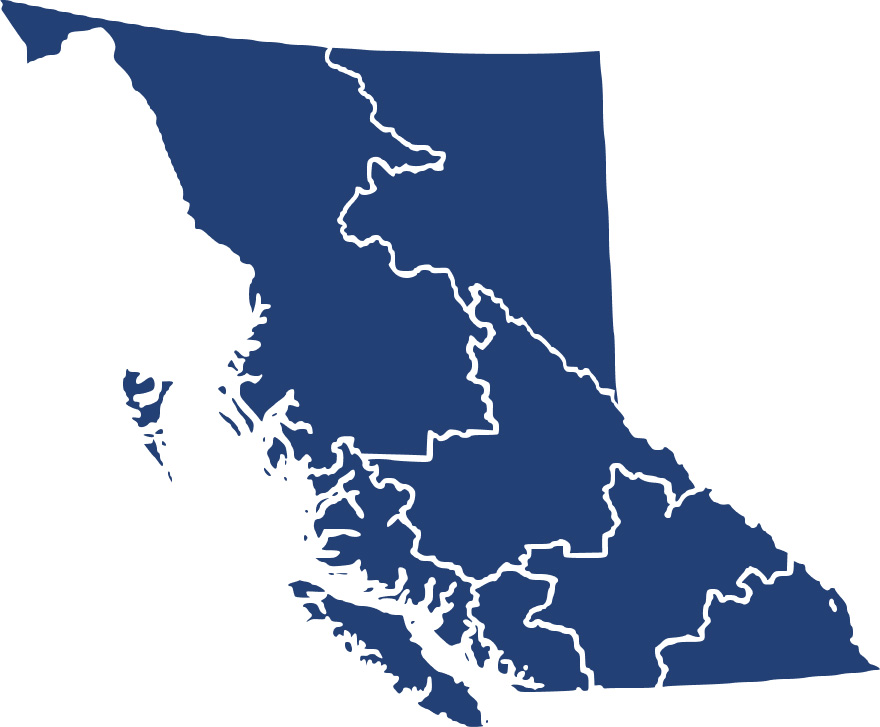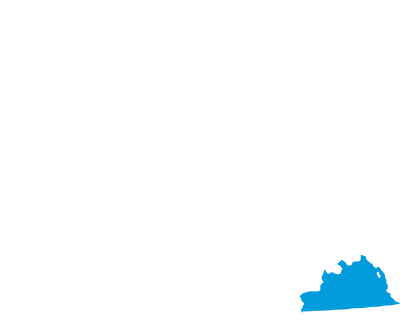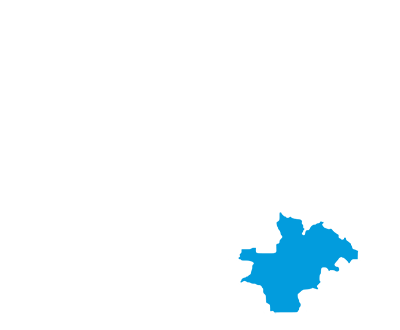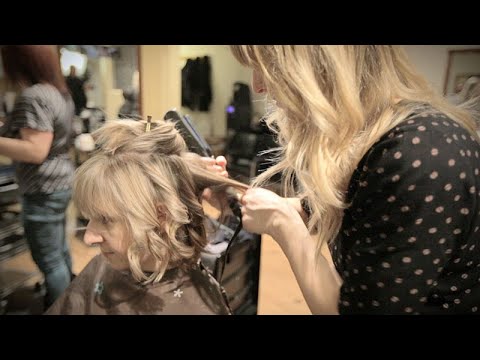Career Overview
Hairstylists and barbers cut and style hair and perform related services.
Duties
Hairstylists:
- Suggest hairstyle that suits a client‘s physical features or determine style from client‘s instructions and preferences
- Cut, trim, taper, curl, wave, perm and style hair
- Apply bleach, tints, dyes or rinses to colour, frost or streak hair
- Analyze hair and scalp condition and provide basic treatment or advice on beauty care treatments for scalp and hair
- Clean and style wigs and hair pieces
- Apply hair extensions
- Shampoo and rinse hair
- Perform receptionist duties and order supplies
- Judge in competitions
- Train or supervise other hairstylists, hairstylist apprentices and helpers
Barbers:
- Cut and trim hair according to client instructions or preferences
- Shave and trim beards and moustaches
- Shampoo hair and provide other hair treatment, such as waving, straightening and tinting
- Provide scalp conditioning massages
- Book appointments and order supplies
- Train and supervise other barbers and barber apprentices
Earnings
Earnings is income that workers receive in exchange for their labour. Depending on the type of employment, earnings can be in the form of wages (hourly), salaries (fixed monthly or annual) or self-employed earnings.
Work Environment
# Workers Employed
12,545% Employed Full Time
20%Key aspects of the work in this occupation:
- Work generally takes place in a conventional indoor setting
- Work involves contact with water and hair products that may have strong odours
- Working with scissors can result in injury
Career Pathways
Red Seal trade certification allows for interprovincial movement.
Related Careers
Occupational Interests
It’s important to understand what kinds of occupations align with your interests.
For more about occupational interests visit Skills for the Future Workforce > Characteristics.
Here are the top occupational interest(s) for this career profile:
Job Titles
Education, Training and Skills
Hairstylists:
- Some secondary school education is required
- Completion of a two- or three-year hairstyling apprenticeship program or completion of a college or other program in hairstyling combined with on-the-job training is usually required
- Several years of experience may replace formal education and training
- Employers may require applicants to provide a hairstyling demonstration before being hired
- Trade certification for hairstylists is compulsory in Nova Scotia, Ontario, Manitoba, Saskatchewan, and Alberta, and available, but voluntary, in Newfoundland and Labrador, Prince Edward Island, New Brunswick, Quebec, British Columbia, the Yukon, the Northwest Territories and Nunavut
- Red Seal endorsement is also available to qualified hairstylists upon successful completion of the interprovincial Red Seal examination
Barbers:
- Some secondary school education is required
- Completion of a two-year apprenticeship or other barber program is usually required
- On-the-job training may be substituted for formal education
- Trade certification for barbers is available, but voluntary, in British Columbia and the Yukon
- Red Seal endorsement is also available to barbers, as qualified hairstylists, upon successful completion of the interprovincial Red Seal examination
Trades training resources
Visit our trades training page at www.workbc.ca/trades to learn about apprenticeship and trades training in B.C.
Education programs in B.C.
The following program areas are related to this occupation:
- Hairstyling

Skills
Every job calls for a certain set of skills. Knowing those skills is the first step in finding a good career fit.
Here, you will find the 10 most relevant workplace skills. Some are more important to achieving success in a certain career than others. These skills may come naturally to you or you may need to gain them through education, training and experience.
See the list of work-related skills below, ranked in order of importance for this career. Check out the list and see if this career matches your skills—take that first step!
Giving full attention to what other people are saying, taking time to understand the points being made, asking questions as appropriate, and not interrupting at inappropriate times.
Talking to others to share information effectively.
Actively looking for ways to help people.
Using logic and reasoning to identify the strengths and weaknesses of alternative solutions, conclusions or approaches to problems.
Considering the relative costs and benefits of potential actions to choose the most appropriate one.
Being aware of others’ reactions and understanding why they react as they do.
Keeping track of and assessing your performance, other individuals, or organizations to make improvements or take corrective action.
Understanding how new information could be used to solve current and future problems in making decisions.
Understanding written sentences and paragraphs in work-related documents.
Managing one’s own time and the time of others.
Labour Market Statistics
Discover data, facts and information that have been gathered and analyzed. Learn about the characteristics of the economy and labour market in B.C.
Employment
Find out about employment types and trends by region and industry.
Employment
12,545Employment by Region















| Region | Employment | % Employment of this Occupation |
|---|---|---|
| Cariboo | 300 | 2.4% |
| Kootenay | 340 | 2.7% |
| Mainland/Southwest | 7,785 | 62.1% |
| North Coast and Nechako | 120 | 1.0% |
| Northeast | 95 | 0.8% |
| Thompson-Okanagan | 1,660 | 13.2% |
| Vancouver Island/Coast | 2,250 | 17.9% |
Labour Market Outlook
The B.C. Labour Market Outlook is a 10-year forecast of the expected supply and demand for labour in the province. It’s usually updated every year. The purpose is to provide British Columbians with the knowledge to make informed decisions on careers, skills training, education and hiring.
Forecasted Job Openings (2023-2033)
4,490Forecasted Job Openings
Forecasted Employment Growth Rate
Composition of Job Openings
Job Openings by Region (2023-2033)















| Region | Job Openings | Avg. Annual Employment Growth |
|---|---|---|
| Cariboo | 100 | 1.2% |
| Kootenay | 100 | 0.6% |
| Mainland/Southwest | 2,550 | 1.2% |
| North Coast and Nechako | 70 | 2.7% |
| Northeast | 30 | 1.2% |
| Thompson-Okanagan | 720 | 1.5% |
| Vancouver Island/Coast | 920 | 1.7% |
Industry Highlights
Learn about the opportunities in B.C.'s major industries, including employment trends, earning potential, locations of work and more.
Forecasted Job Openings by Industry
| Industry | Job Openings (2023-2033) |
|---|---|
| Repair, Personal And Non-Profit Services | 4,360 |
| Business, Building And Other Support Services | 30 |
| Professional, Scientific And Technical Services | 30 |
| Retail Trade | 20 |
| Health Care And Social Assistance | 10 |
Resources
-
BeautyCouncil – Jobsbeautycouncil.ca









